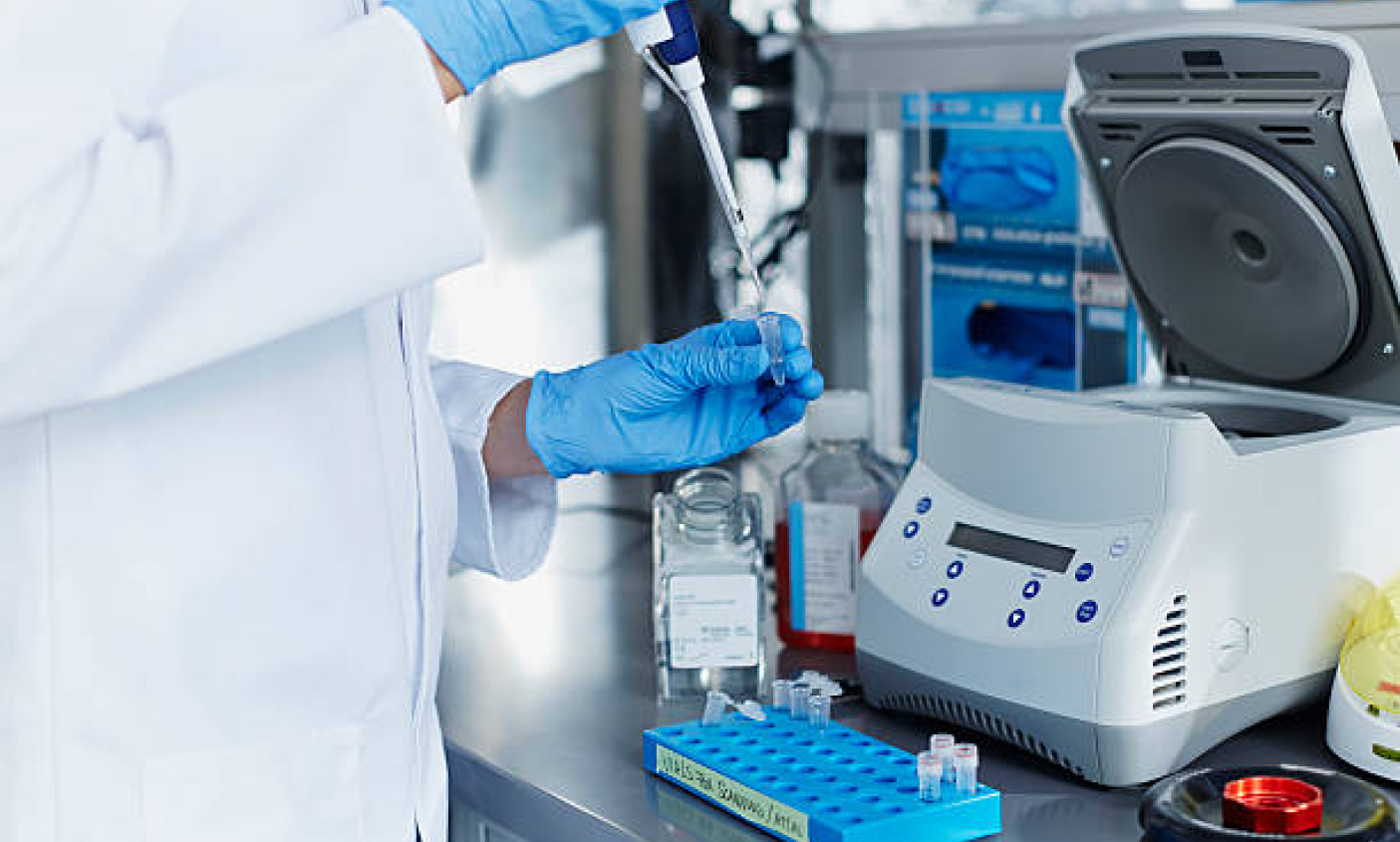Creating a successful regulatory strategy for drug development is important for venturing through the complex landscape of bringing new pharmaceuticals to market. This process makes sure that new drugs meet stringent safety and efficacy standards, making it a critical part of protecting public health. While the journey is intricate, focusing on key components can streamline the path to approval and market entry.
A well-structured regulatory strategy not only facilitates compliance with global regulations but also accelerates development timelines and minimizes risks. Continue reading to discover the most important parts of a successful regulatory strategy for drug development.

Understanding Regulatory Requirements
A thorough understanding of regulatory requirements is the cornerstone of a successful regulatory strategy for drug development. This involves knowing the major regulatory bodies and the key regulations and guidelines that govern the drug development and approval process.
Global Regulatory Agencies
Navigating the global regulatory landscape requires familiarity with the major regulatory agencies that oversee drug development and approval. Key agencies include:
- FDA (Food and Drug Administration): The primary regulatory authority in the United States responsible for ensuring the safety, efficacy, and security of drugs.
- EMA (European Medicines Agency): The agency responsible for the scientific evaluation, supervision, and safety monitoring of medicines in the European Union.
- PMDA (Pharmaceuticals and Medical Devices Agency): Japan’s regulatory body overseeing drug safety and effectiveness.
- Health Canada: The federal agency responsible for regulating medical devices in Canada, ensuring they meet safety and efficacy standards before entering the Canadian market.
- Therapeutic Goods Administration (TGA): The Australian regulatory body overseeing the approval and monitoring of medical devices to ensure they meet quality, safety, and performance standards.
- China Food and Drug Administration (CFDA): The Chinese authority that regulates the safety and effectiveness of medical devices within China, requiring compliance with stringent national standards.
- Agência Nacional de Vigilância Sanitária (ANVISA): The Brazilian agency that oversees the regulation of medical devices, setting the tone for regulatory practices in the LATAM region.
Key Regulations and Guidelines
Each regulatory agency has a set of regulations and guidelines that drug developers must adhere to. These guidelines ensure that the drugs are developed, tested, and manufactured to the highest standards of safety and quality. Key regulations include:
Standards:
- GLP (Good Laboratory Practice): Standards for preclinical laboratory studies that support or are intended to support applications for research or marketing permits.
- GCP (Good Clinical Practice): An international ethical and scientific quality standard for designing, conducting, recording, and reporting trials that involve the participation of human subjects.
Regulations:
- GMP (Good Manufacturing Practice): Regulations that require manufacturers to ensure their products are consistently produced and controlled according to quality standards.

Early Engagement and Communication
Establishing early and continuous communication with regulatory bodies is a critical component of a successful regulatory strategy. Proactive engagement helps clarify expectations, align development plans with regulatory requirements, and address potential issues before they become major obstacles.
Initial Regulatory Meetings
Engaging with regulatory agencies early in the development process can significantly impact the success of your drug development program. These initial meetings provide an opportunity to discuss your development plans, receive feedback, and ensure that your strategy aligns with regulatory expectations.
For instance, pre-IND (Investigational New Drug) meetings with the FDA, an application to obtain authorization to begin clinical trials of a new drug or biologic, are crucial for discussing your investigational new drug application. They help clarify the FDA’s expectations and provide guidance on study design, data requirements, and regulatory pathways.
Similarly, scientific advice meetings with the European Medicines Agency offer valuable feedback on your development plan and regulatory strategy, ensuring alignment with European requirements.
Ongoing Dialogue
Continuous engagement helps to build a collaborative relationship so that any issues are promptly addressed and your development program remains on track.
Regular updates to regulatory agencies on your progress, including significant milestones and any changes to your development plan, are vital. Actively responding to feedback from regulatory agencies and incorporating their recommendations into your development strategy can avoid delays and ensure compliance. Scheduling periodic meetings to discuss progress, address questions, and seek further guidance as needed is also crucial.

Preclinical and Clinical
A successful regulatory strategy hinges on robust preclinical, clinical development, and planning for drug manufacturing. These phases are crucial for gathering the necessary data to demonstrate the safety and efficacy of a new drug.
Robust Preclinical Studies
Conducting thorough preclinical studies is the first step in demonstrating a drug’s potential safety and efficacy before it is tested in humans. These studies involve laboratory and animal testing to gather data on pharmacokinetics (how the drug is absorbed, distributed, metabolized, and excreted), toxicology (potential harmful effects), and pharmacodynamics (the drug’s effects on the body).
This preclinical data is essential for supporting an Investigational New Drug (IND) application, which must be submitted to regulatory agencies before clinical trials can begin. Ensuring that your preclinical studies are comprehensive and well-documented lays a strong foundation for the clinical phases of drug development.
Related Article: What is Pharmacodynamics?
Strategic Clinical Trial Design
Designing effective clinical trials is critical for demonstrating a drug’s safety and efficacy in humans. Clinical trials are typically conducted in three phases, each with distinct objectives and requirements.
In Phase 1, the primary focus is on safety and dosage. These trials involve a small number of healthy volunteers or patients to determine the drug’s safe dosage range and identify any side effects. The data gathered in this phase is crucial for designing subsequent trials.
Phase 2 trials expand the focus to efficacy and side effects. These trials involve a larger group of patients and aim to provide preliminary data on the drug’s effectiveness while continuing to monitor its safety. The results of Phase 2 trials help refine the dosage and design of Phase 3 trials.
Phase 3 trials are designed to confirm the drug’s efficacy and monitor adverse reactions in a larger population. These trials involve hundreds to thousands of patients and provide the comprehensive data needed for regulatory approval. The success of Phase 3 trials is pivotal in demonstrating that the drug’s benefits outweigh any risks.
Submission and Approval Preparation
The submission and approval phase is the culmination of your drug development efforts. This stage involves compiling a comprehensive regulatory dossier and navigating the review process to secure market approval.
Comprehensive Dossier Preparation
Preparing a detailed and well-organized regulatory dossier is essential for a successful submission and timely review. This dossier, which includes all the data and documentation from the preclinical, manufacturing of drug and clinical development phases, must demonstrate that the drug is safe, effective, and manufactured to the highest quality standards.
For a New Drug Application (NDA) in the United States and a Marketing Authorization (MAA) in the European Union, the dossier includes sections on clinical data, non-clinical data, manufacturing information, and labeling. The clinical data section contains the results of all clinical trials, including safety and efficacy data. The non-clinical data section covers preclinical study results, such as pharmacokinetics, toxicology, and pharmacodynamics. The manufacturing information section details the processes and controls used to produce the drug, ensuring consistency and quality. Lastly, the labeling section provides proposed labels and instructions for healthcare providers and patients, explaining the drug’s proper use and potential risks.
Efficient Review Process Navigation
The review process involves actively engaging with regulatory agencies, responding quickly to feedback, and addressing any questions or concerns they may have.
During the review process, regulatory agencies will thoroughly evaluate the submitted dossier. This evaluation may involve requests for additional information or clarification. It is essential to be prepared to provide detailed responses and supplementary data as needed. Maintaining open communication with the regulatory agency throughout this process can help address any issues promptly and keep the review on track.
In some cases, advisory committee meetings or public hearings may be part of the review process. These meetings allow experts to provide independent opinions on the drug’s safety and efficacy. Being well-prepared for these meetings, including having a clear presentation of the data and a strategy for addressing potential concerns, is necessary.
Incorporate These Steps into Your Strategy
Building a successful regulatory strategy for drug development is a multifaceted process that requires a deep understanding of regulatory strategy and regulatory requirements, proactive engagement with regulatory bodies, rigorous preclinical and clinical development, and meticulous preparation for submission and approval.
By focusing on the key components above, you can streamline the path to market approval and ensure that new pharmaceuticals meet the highest standards of safety and efficacy.

